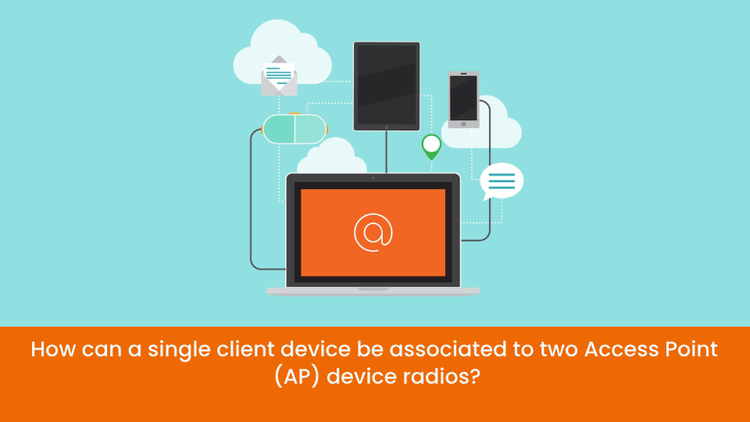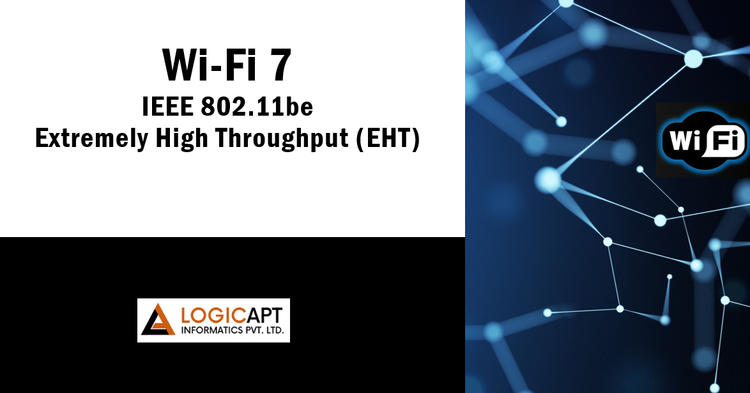Is Wi-Fi 7 Too Hot to Handle?
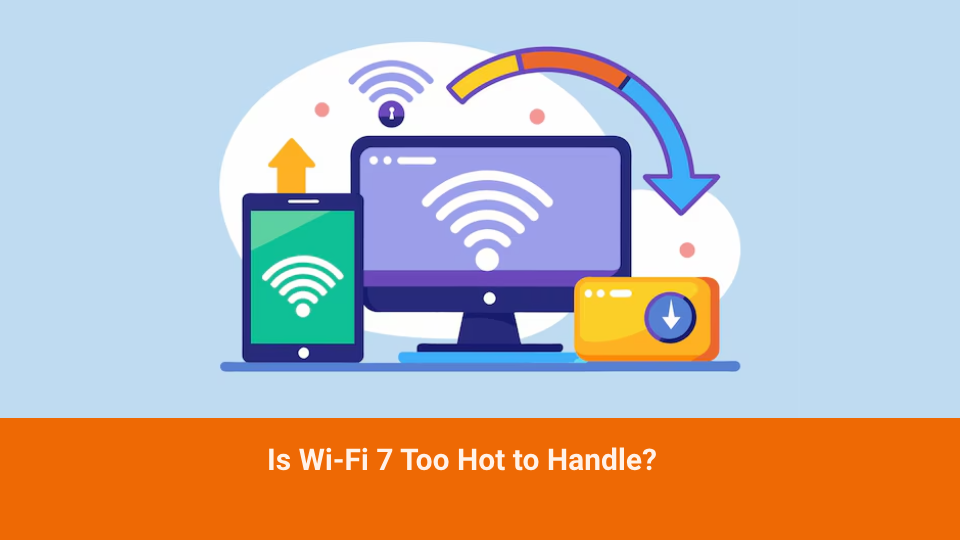
Recent, talks in the wireless communities have depicted that even the top smart phone manufacturers such as Apple, Huawei are reluctant to embrace full power of the latest WiFi-7 (IEEE 802.11be).
Les Numeriques’s analysis1 revealed that “while the iPhone 16 does seem to use the Wi-Fi 7 (802.11be) standard on the 6 GHz frequency band, it only uses it on a width of 160 MHz, instead of 320 MHz as normally expected in Wi-Fi 7. The speed is therefore mathematically halved even in Wi-Fi 7”.
The anomaly in the latest Mate 70 mobile phone from Huawei is even more mysterious. Recent TechInsights article2 shows that, unusually Huawei phones upgraded from Wi-Fi 6 to Wi-Fi 7 (while Bluetooth is still version 5.2), and it's even more strange that the Mate 70 specification excludes the 6 GHz band. A quick review of the Mate 70's advertised characteristics reveals various restrictions, making this Huawei version of Wi-Fi 7 more like a repackaged Wi-Fi 6.
The distinctions between the Mate 70 Wi-Fi 7 specifications and 802.11 be (Wi-Fi 7) have been highlighted in the table below. Most of the benefits of Wi-Fi 7 are negated by this Wi-Fi implementation of OFDMA, which only has three 160 MHz channels, no 6 GHz band, and 1024 QAM instead of 4096 QAM. It will be difficult for this phone to compete with devices that are truly Wi-Fi 7 enabled.
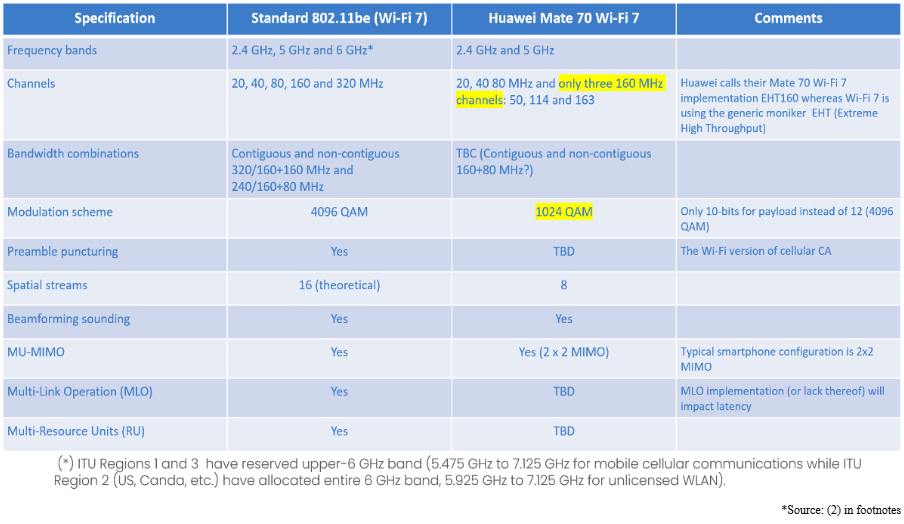
Huawei has been a forefront contributor to the Wi-Fi 7 (IEEE 802.11be) standard with approximately 22.9% share3. Still, it hesitates in achieving the full Wi-Fi 7 potential in its mobile device.
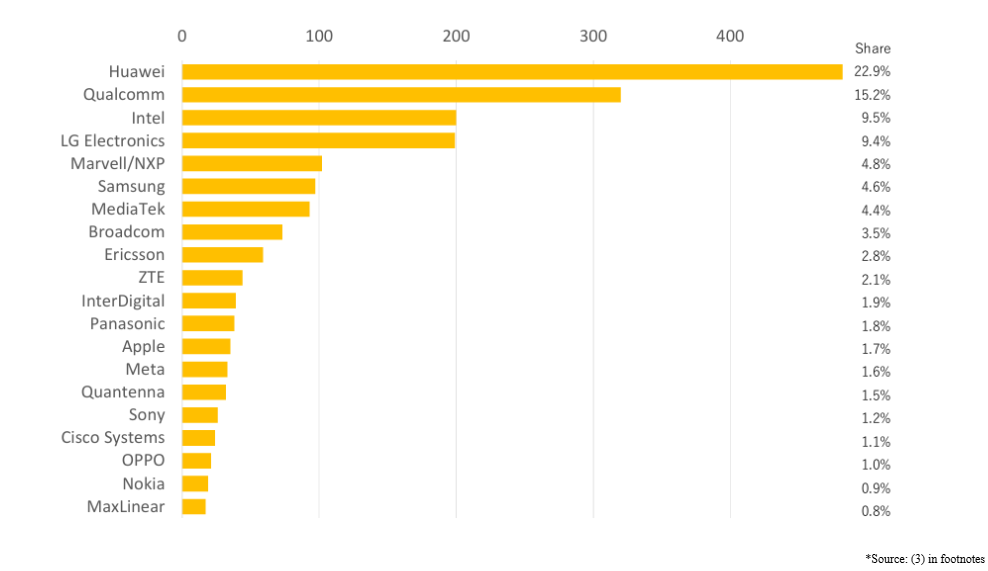
This makes us wonder what the possible reasons for such behavior from the top mobile manufacturers might be?
Is it something related to the 6 GHz band having restrictions varied across regions for unlicensed spectrum usage?
Or is it because of hardware and power efficiency limitations of the devices?
We suspect these could be the potential reasons as we finalize the draft. The answers might become clear with detailed investigations.
Stay tuned for more updates and exciting discoveries!
We’d love to hear your thoughts on this anomaly in the comments section!
For an in-depth exploration of Wi-Fi 7 technology, be sure to follow our comprehensive and insightful series on our website.

